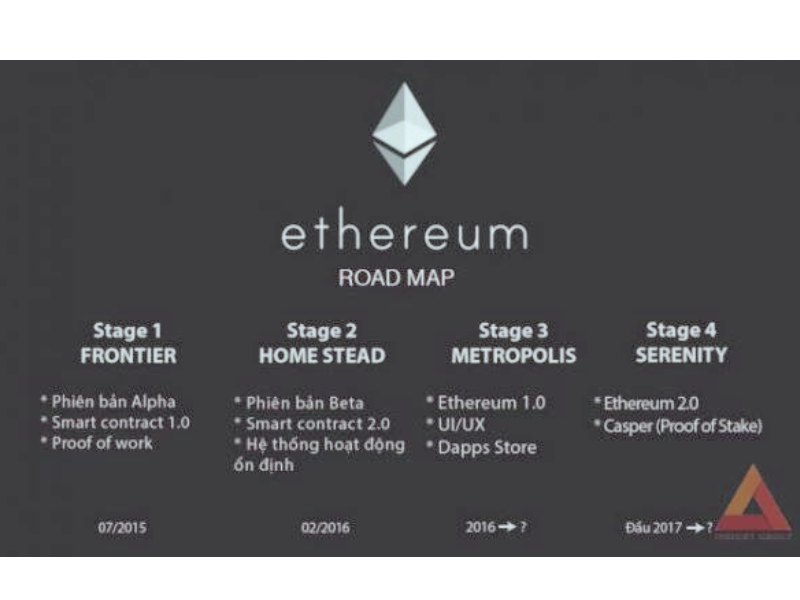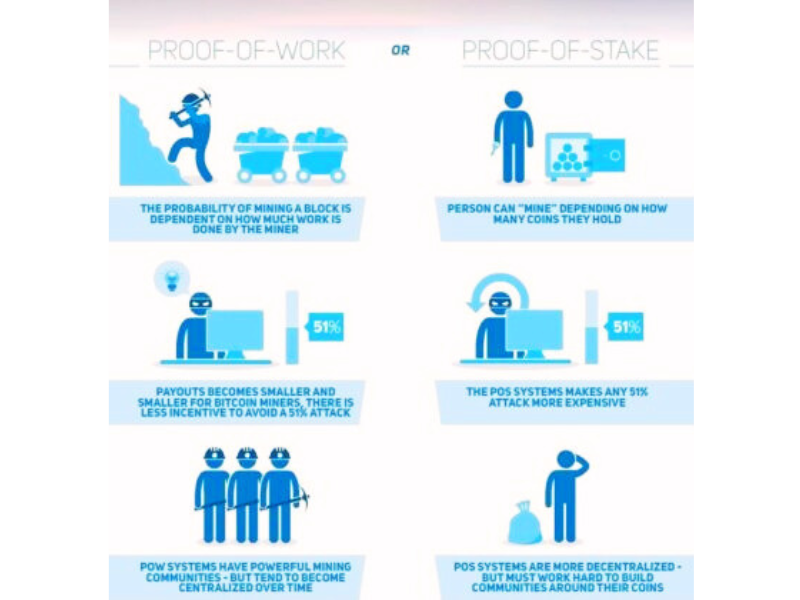Ether is evolving. When Ethereum 2.0 is released later this year, it will enter what Vitalik Buterin refers to as “Beast Mode.” Transactions will close more quickly,Ether is evolving. When Ethereum 2.0 is released later this year, it will enter what Vitalik Buterin refers to as “Beast Mode.” Transactions will close more quickly.
What is Ethereum 2.0?
The cryptocurrency market saw the introduction of Ethereum as we knew it in 2015. But since then, Ethereum has been working by a 4-step long-term development roadmap. These developmental phases are listed as follows:
Frontier: In 2015, the initial Ethereum blockchain first hit the market.
Residence: Ethereum Developers brought Homestead, a significant version release, to market in 2016. This resulted in various protocol updates for Ethereum as well as several significant network improvements.
Metropolis: A two-part phase, Metropolis is the current stage of development for Ethereum. The names of these phases are Byzantium and Constantinople in code.
Serenity is the codename for Ethereum’s fourth development stage. We will move towards this phase in 2020.
The name Serenity for this year’s release is also intended to represent how much the usability of Ethereum 2.0 will be improved.

Ethereum 2.0 Release Key Features
Examining Ethereum’s present issues is crucial to comprehend the significance of the upcoming Serenity release.
Currently, mining Ethereum consumes more electricity annually than Bolivia as a whole.
Currently, Ethereum can only handle 20 transactions per second (about).
The Ethereum Virtual Machine (EVM) is unable to execute secondary computational tasks as well as it could due to slow transaction speeds. The amount and variety of decentralised apps that can be created on Ethereum are so constrained.
2020 will see Ethereum transition away from proof of work (POW) mining to address the aforementioned issues.
 Ethereum 2.0 and Proof of Stake Transaction Processing
Ethereum 2.0 and Proof of Stake Transaction Processing
Ethereum is currently mined the same way as Bitcoin. However, mining isn’t sustainable in Vitalik Buterin’s opinion.
In order to process Ethereum transactions, millions of people and mining farms run power-hungry ASIC miners around-the-clock. Miners receive freshly created ETH in exchange for processing transactions. Nevertheless, virtually all of the electrical and computational power used in mining is wasted.

Ethereum will transition from proof-of-work mining to proof-of-stake (POS) transaction processing at some time in 2020.
As a result, significant Ethereum holders will validate transactions and collect rewards instead of miners. As a result, Ethereum will produce less waste and have a less environmental impact.
Processing Transactions at a Second Layer
Processing transactions using proof of stake will need less energy to keep the Ethereum blockchain running. But POS by itself won’t speed up transaction settling times. Plasma, an additional payment processing layer, will be added to the Ethereum blockchain in Ethereum 2.0 to increase performance.
Faster transaction processing will be made possible by Plasma, and the EVM will profit from the freed up network resources. Plasma will also profit from additional off-chain support for transaction processing.
- Off-chain scaling options akin to the Lightning Network in Bitcoin and Litecoin will be included to Ethereum 2.0.
- Sharding will be introduced in Ethereum 2.0. This will result in the division of the main Ethereum database into smaller clusters.
- The Ethereum Virtual Machine’s data processing capabilities will be improved with the Serenity update known as eWASM.
What is Ethereum Serenity in a Nutshell?
Simply put, the impending Ethereum 2.0 release promises to speed up and scale Ethereum.
As a result, Ethereum will be in a better position to compete with established payment processors. Additionally, it means that larger and more potent decentralised programmes will be able to run on Ethereum.
Nobody knows for sure when Ethereum 2.0 will be released. Ethereum 2.0 won’t exist as a stand-alone update. Instead, this year will bring about a series of little adjustments to Ethereum that together will create Ethereum 2.0.









